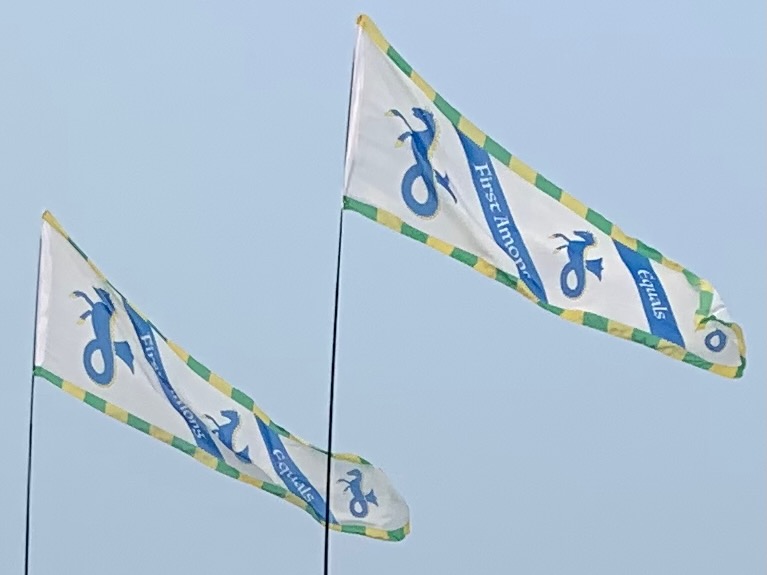With the arrival of spring, we are once again approaching the start of a new SCA year, or Anno Societatis (The Society calendar matches the Gregorian calendar’s months and days, but counts its years from the date of the first event of what became the SCA: the so-called First Tournament, which took place on May 1, 1966 in a backyard in Berkley, California.)
While conversions between the two calendars aren’t terribly confusing, it does always take me a moment or two to make sure I’m correctly adjusting for the differing start of the year, and I though it might be useful to have a visual reference, so I put together a pair of charts: one for moving from common dates to A.S. years, and the other for the reverse.
You can download printable versions of these in PDF format.
From A.S. Years To Common Dates


From A.S. Years To Common Dates



